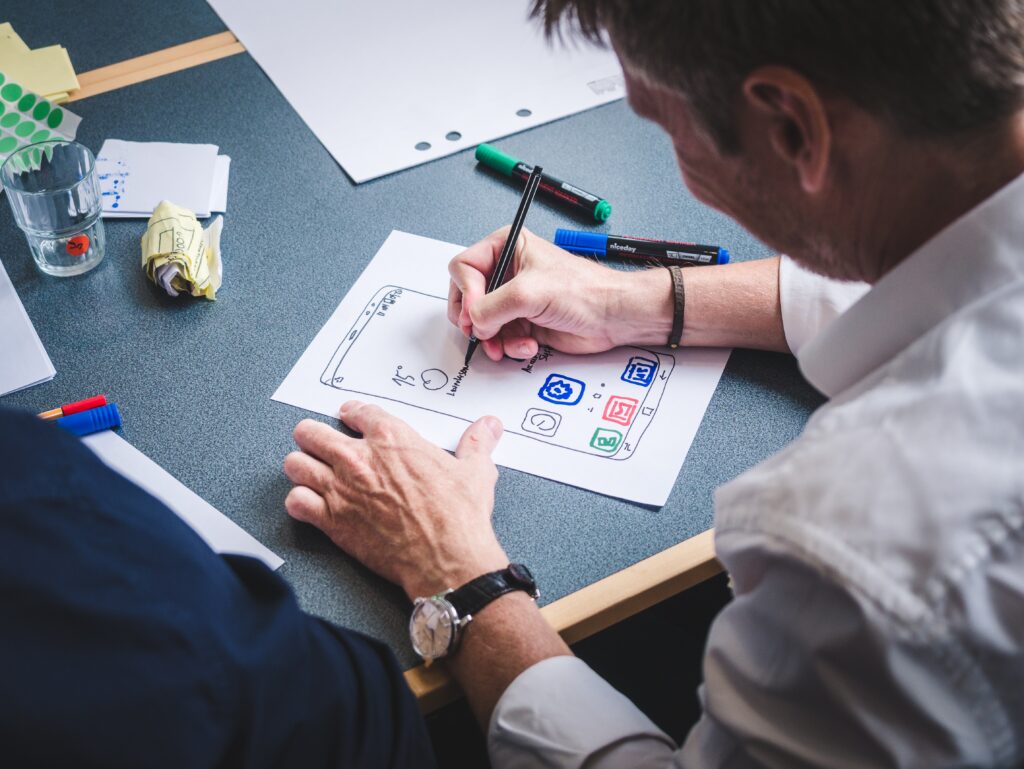In the world of product development, innovation is a driving force. Turning a brilliant idea into a tangible, functional product is a complex journey. At the heart of this journey lies a critical component: the prototype. A prototype is more than just a preliminary model; it’s the blueprint of innovation, a tangible representation of an idea that paves the way for progress. In this article, we will explore the concept of prototypes, their importance, types, and the pivotal role they play in the creative and developmental processes.
What is a Prototype?
A prototype is a preliminary version or a working model of a product or idea. It is a tangible representation that allows designers, engineers, and creators to test and refine their concepts. In essence, a prototype is a bridge between imagination and reality, transforming abstract ideas into something concrete. Prototypes serve as a tangible canvas for innovation, enabling the iterative process of design and development.

The Importance of Prototypes
- Idea Validation
Prototypes play a crucial role in validating ideas. Before investing significant time and resources into a full-scale production, a prototype allows designers to test the feasibility of their concept. It helps answer questions like, “Does this idea work in practice?” and “Is it technically feasible?” By testing the concept early on, designers can avoid costly mistakes later in the development process.
- Design Iteration
Designers rarely get everything right on the first try. Prototyping allows for continuous refinement. Designers can experiment with different materials, sizes, shapes, and functionalities to optimize the product’s performance and user experience. This iterative process is invaluable in creating a product that not only works but excels in meeting users’ needs and expectations.
- Communication Tool
Prototypes serve as a universal language between creators, engineers, marketers, and stakeholders. They provide a visual and tangible representation of the idea, making it easier for different teams to understand and collaborate. This clear communication helps streamline the development process and ensures that everyone is on the same page.
- Risk Reduction
Building a prototype helps identify potential problems and risks early in the development process. By addressing these issues at a smaller scale, developers can reduce the likelihood of costly setbacks during the production phase. Prototypes act as a safety net, catching design flaws, technical challenges, and usability issues before they become expensive mistakes.
Types of Prototypes
- Proof-of-Concept Prototypes
These prototypes are the simplest form of prototypes, focusing on demonstrating the core concept or technology behind an idea. They are typically rough, non-functional models that help validate the feasibility of the concept. Proof-of-concept prototypes are essential in the early stages of development.
- Visual Prototypes
Visual prototypes focus on the product’s appearance and aesthetics. They provide a detailed representation of the product’s design, including its shape, size, and visual elements. These prototypes are especially useful for getting feedback on the product’s visual appeal and overall design.
- Functional Prototypes
Functional prototypes go a step further by incorporating working components or functionalities of the final product. These prototypes simulate the user experience and allow for testing the product’s performance and functionality. They are crucial for identifying technical issues and optimizing the user interface.
- User Experience (UX) Prototypes
UX prototypes emphasize the user’s interaction with the product. They often involve interactive mock-ups or wireframes that simulate how users will navigate and interact with the product. UX prototypes help ensure that the product meets user expectations and is intuitive to use.
- Production Prototypes
Production prototypes are the closest representation to the final product. They are used for fine-tuning manufacturing processes, materials, and quality control. Production prototypes are essential for ensuring that the product can be mass-produced efficiently and at a consistent level of quality.
Conclusion
Prototypes are the lifeblood of innovation and product development. They are the stepping stones that transform creative ideas into tangible reality. From idea validation to design iteration, prototypes serve a myriad of crucial functions in the development process. Moreover, they act as a bridge between various teams, fostering communication and collaboration.
In a world where innovation is the key to success, understanding the significance of prototypes is essential. They not only reduce risks and save resources but also empower creators to turn their visions into reality. Prototypes are not just physical models; they are the embodiment of creativity, ingenuity, and progress. They are the blueprints that guide us on our journey toward a brighter, more innovative future.